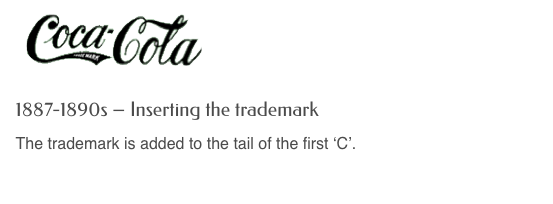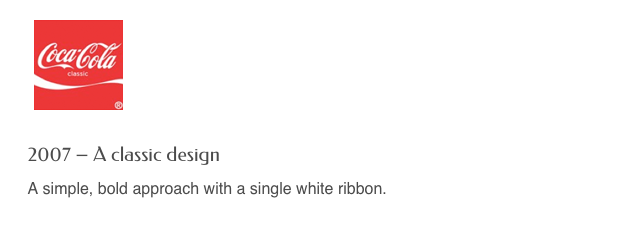Call Sales: +1 (833) 437-3835
Call Sales: +1 (833) 437-3835
Revel | April 1, 2017 |

A logo is the visual embodiment of your business. If done right, in a split second consumers can identify the name of your business and most importantly – how they feel about your business.
From identifying the colors that make up Google lettering to recognizing McDonald's’ golden arches from a distance, brand familiarity is a key measurement of success. In fact, MarketingProfs reported that consumers are more likely to ascribe positive attributes such as trust, respect, and reliability to logos they are familiar with and in contrast, consumers are more likely to ascribe negative attributes such as pretentiousness, tackiness, and being boring to logos they are unfamiliar with.
To achieve brand familiarity and forge positive consumer associations there are key measures to take:
Start With A Story
Your business didn’t materialize from thin air; it was likely conceptualized and realized over a long period of time. From the first thought of opening a business to the ribbon-cutting ceremony, your brand story is comprised of many chapters. Your logo is the visual representation of this story; thus the combined experiences and feelings of the story should be distilled into a clear image.
Whereas, 70% of buying experiences are based on how the customer feels, storytelling is the best way to evoke feelings from your customers. Positive attributes like trust, respect, and reliability are major drivers in purchasing behavior.
Avoid Trends
What’s “in” one day is out the next. Harping on the latest trend could quickly make your brand as irrelevant as shoulder pads and shutter shades.
Design logos to be timeless but keep some flexibility for small derivations and refreshes. The iconic Coca-Cola logo has made small updates over time to stay fresh and relevant, but still originally designed to evoke the same feelings it did in 1887.


 (Source: Coca-Cola UK)
(Source: Coca-Cola UK)
Understand Colors
Every color represents a different feeling. There’s even expansive research into color psychology; for example, the color blue evokes a sense of security, calmness, honesty, strength, and trust while the color red evokes energy, passion, excitement and action. Sterling Olmstead, Revel System’s iPad POS System Graphic Designer, found that “People make subconscious judgment about a business’s logo almost immediately. The first component of a logo people notice is its color.”
Simplicity
Logos should be describable and functional. And to accomplish this, it requires a simple design. For example, The Nike Swoosh is designed simply to be easy to identify while still showcasing the function of the brand, speed and movement. So before you begin designing an intricate and stylistic logo, know that over 90% of the top 100 brands are designed as relatively simple in form.
If the design is kept simple, the logo should be recognizable as a silhouette. If your logo is on your packaging, hardware, or products, it will often need to be printed in neutral colors like black and white. Thus, make sure that the logo is effective without the use of color.
Remember that the purpose of a logo is to be identifiable.
Scalability
Sterling describes the importance of scalability and perspective. “When I create a logo, I don’t just visualize how it will look on a store front. I visualize how it will look in email signatures, on banners or packaging—I see it offline and online.” She goes on to note, “This is where simplicity comes into play. If the image is simple, you can scale from a small size to a large size easily and without losing detail.”
Trademark/Copyright
Once you’ve created your logo, you need to own it. By protecting your logo, you’re protecting your brand and business.
You can copyright it, which applies to written material, film and audio, or trademark which applies to symbols, words, phrases. Some businesses wish to do both. To find out more about intellectual property protection check out The Small Business Chron.